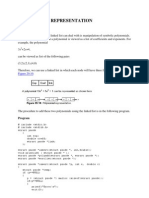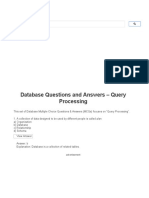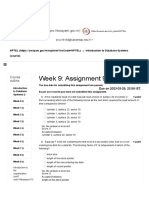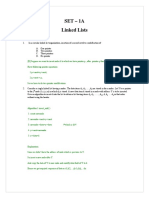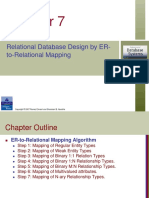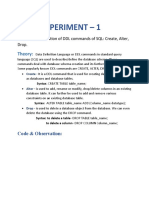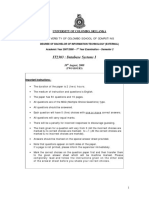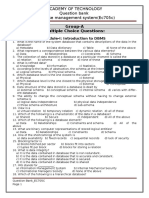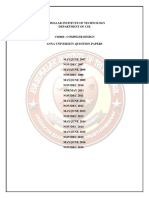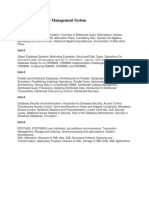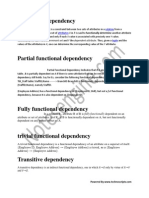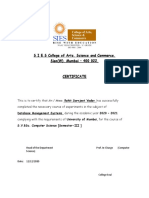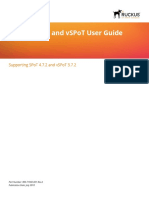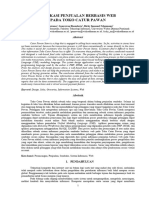0% found this document useful (1 vote)
173 views8 pagesLAB Manual - PART A - PLSQL
The document describes creating PL/SQL stored procedures and triggers to perform various operations on employee data. These include:
1. A procedure to calculate the maximum and minimum of three input numbers.
2. A procedure to calculate the sum of the first ten natural numbers.
3. Functions to perform arithmetic operations like addition, subtraction, multiplication and division on input numbers.
4. Code to create EMPLOYEE and EMPLOYEE_LOG tables, insert data, and create triggers to log changes to employee salary or grade to the log table. A cursor is also created to update the salary of grade D employees by 20%.
Uploaded by
NafsCopyright
© © All Rights Reserved
We take content rights seriously. If you suspect this is your content, claim it here.
Available Formats
Download as DOCX, PDF, TXT or read online on Scribd
0% found this document useful (1 vote)
173 views8 pagesLAB Manual - PART A - PLSQL
The document describes creating PL/SQL stored procedures and triggers to perform various operations on employee data. These include:
1. A procedure to calculate the maximum and minimum of three input numbers.
2. A procedure to calculate the sum of the first ten natural numbers.
3. Functions to perform arithmetic operations like addition, subtraction, multiplication and division on input numbers.
4. Code to create EMPLOYEE and EMPLOYEE_LOG tables, insert data, and create triggers to log changes to employee salary or grade to the log table. A cursor is also created to update the salary of grade D employees by 20%.
Uploaded by
NafsCopyright
© © All Rights Reserved
We take content rights seriously. If you suspect this is your content, claim it here.
Available Formats
Download as DOCX, PDF, TXT or read online on Scribd
/ 8









